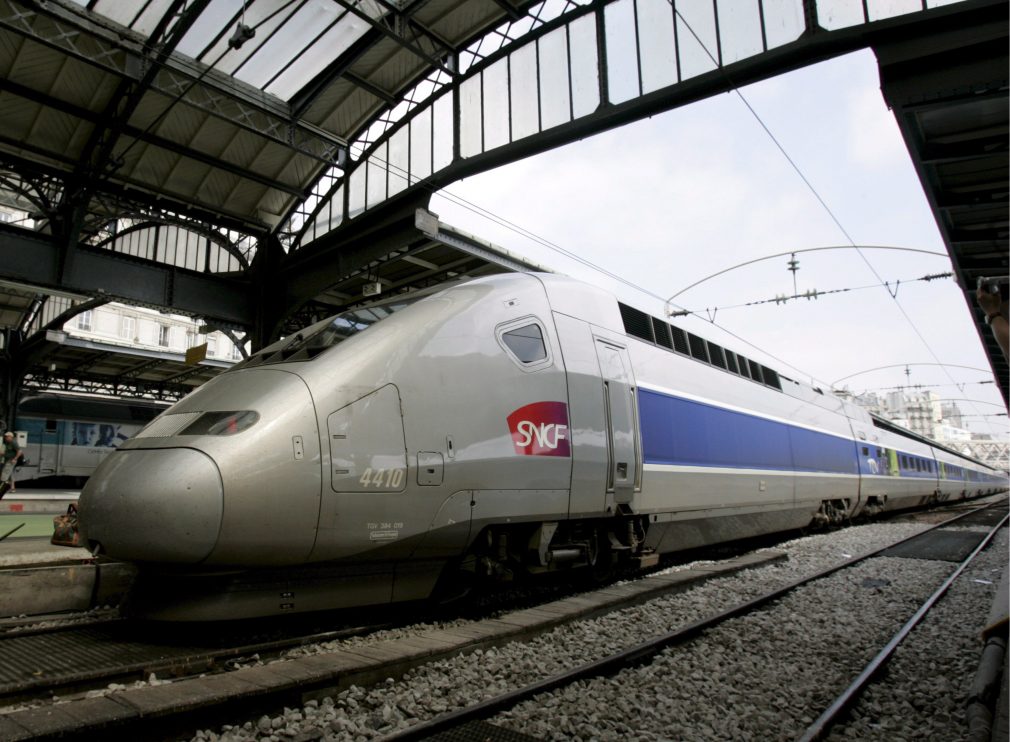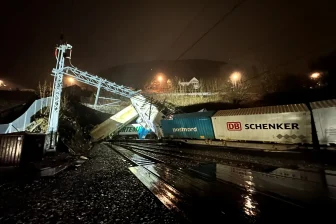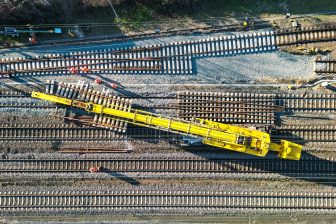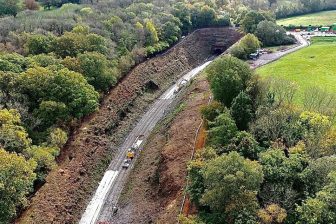
SNCF includes local residents’ experiences in railway noise research
Actual noise levels, often described in decibels, are still currently being measured in order to map out noise levels to trackside residents. By adding measurement parameters and combining these with local residents’ experiences, a clearer image of the impact of rail traffic on residents can be made, according to acoustic researcher, Franck Poisson from SNCF.
Poisson will give a presentation about this topic on 18 November at the Railway Technology Conferences in Paris. The researcher is currently conducting research for the French railway company whereby the impact of track noise on residents is looked at from a new angle.
“At the moment, for example, we look at noise indicators, such as decibels. We know that measuring from a train, station, or house is not the best way of measuring the impact of noise. We therefore need new parameters which take into account how local residents experience noise. We need to make a better correlation with what noise does in their minds.”
Railway lines
The increasing demand for mobility leads to an increase in railway traffic, to an increase in the speed with which equipment can run and to expanding railway lines. At the same time, the environment of the people living near the track needs to be protected, in the field of acoustic comfort, for example.
To foster mutual understanding, SNCF involves local residents right from the design phase in new track development projects.
Communication
“You notice in talks with local residents that there is no benefit in going into all of the technical details of the impact of noise of the railway system. In approaching people from a technical angle, you can sometimes create misunderstanding, as they may experience things differently. We need to change the way we communicate with local residents and develop new models.”
“There is an art to positively communicating the impact of things like a new railway line to local residents. You could, for instance, show them the railway line on a laptop, as well as mapping out the predicted noise levels. We haven’t started yet, but we are developing tools to be able to do this in the future.”
Psychoacoustics
“In this manner, we want to be able to forecast future acoustic environments. It would then be possible to test, for example, ambient sound beforehand for a new rail-track design. We are currently designing an auralization tool for this purpose.” Auralization is a technique whereby sound can be reproduced on the basis of computer data. The purpose here is that, based on a railway track’s design, the noise impact can be mapped out. That makes it possible to correct any design errors before construction starts.
SNCF’s approach to noise on and around their tracks includes psychoacoustics. Psychoacoustics is a science which deals with how people perceive noise in relation to objective issues, such as decibels. “We are looking for cooperation with academic partners in this”, says Poisson. SNCF is already working with the Laboratoire de Mécanique et d’Acoustique (the Laboratory of Mechanics and Acoustics) in Marseille and with the Ecole Centrale (Central School) in Lyon.
Rail Technology Conferences
Last year, SNCF began investigating the noise impact of rail systems on their environments. The rail company is expected to release the first results of this auralization research at the end of next year. The development of new parameters for noise level impact on the environment is expected to take two to three years to complete.
SNCF’s Franck Poisson will give a presentation about this topic on 18th November at the Rail Technology Conferences in Paris. The Rail Technology Conferences will run from 17th to 19th November and will address the following themes: Wheel/Rail Interface and Switches, Noise and Vibration and Railways and environment.
See the complete program of the Railway Technology Conferences here.



